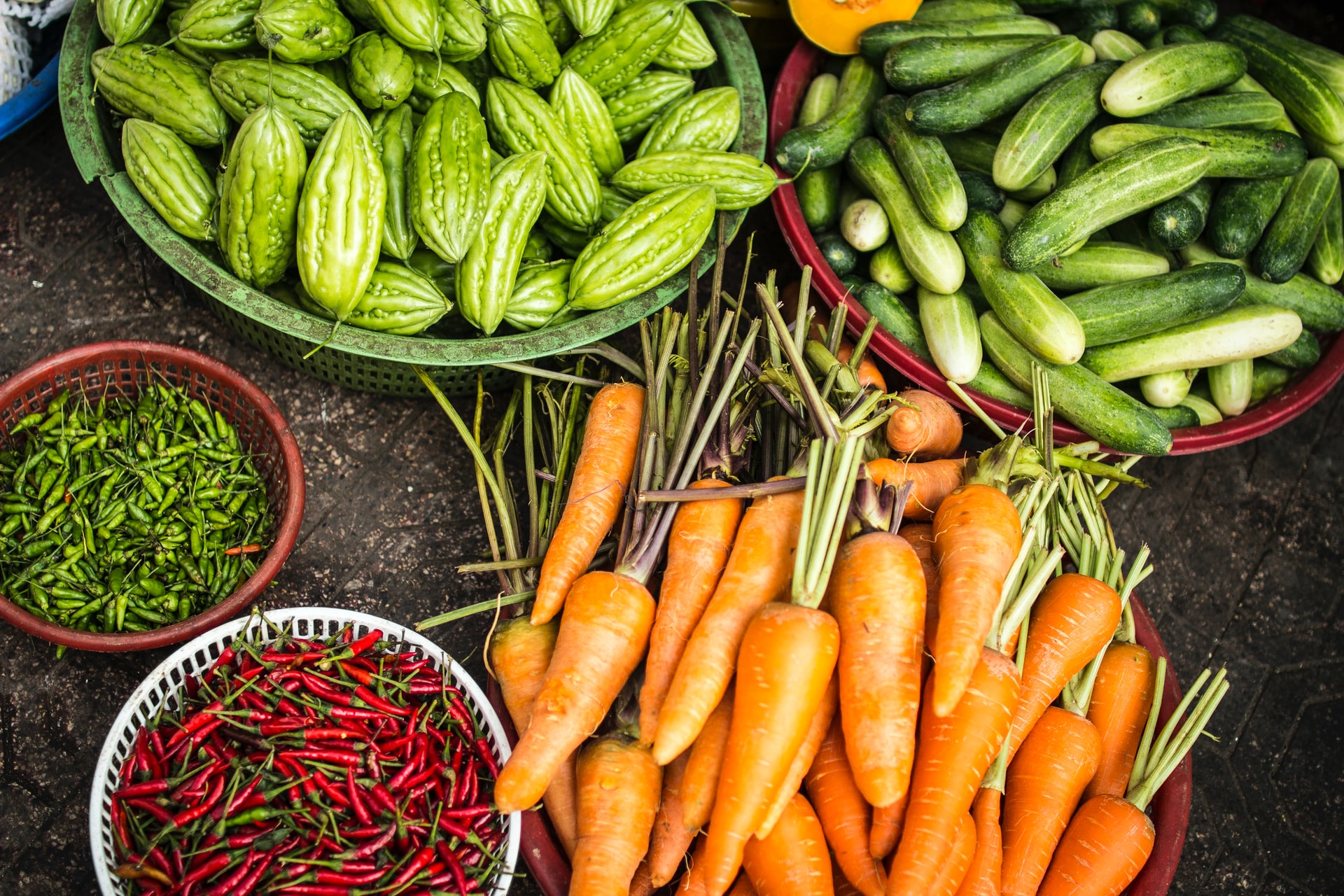by Senior Education Specialist Judy Elliott
September in Denver is usually a month of glorious sunshine, changing leaf colors, sunny days, and not much in the way of precipitation. If we are lucky enough to experience decreasing smoke and haze from western wildfires, we can anticipate brilliant blue skies, temperatures from the 70s to mid – 80s during the day and nighttime temperatures cooling to the low 50s. With all of these changes, daylight hours have decreased dramatically, giving us less than 10 hours of sunshine and a lower angle of the sun. Our first frost of the season can usually be expected during the last week in September or the first week in October.
All of these different scenarios seem to precipitate a focus around ‘bringing in the harvest,’ planting ideas rather than crops, and slowing down enough to begin to appreciate the true lessons of the garden. As I consider the ‘harvest’, my thoughts turn inward to successes, challenges, and messages of possibility. Here are some ways to think in new ways about the harvest.
H |Harvest and care for crops regularly
- To maximize the yield from warm-season crops such as tomatoes, understand their growth habit. In early September, prune several inches off of the top of tomato plants to restrict vegetative (stem) growth and promote the reopening of ‘green’ tomatoes.
- Continue to remove ‘suckers’ and long, trailing side stems that are interfering with air circulation
- Remove most newly opened flowers on warm-season crops, since it takes at least a month from time of pollination to gain a fruit that will successfully ripen inside
- Prune back rampant growth of winter squash and pumpkins to promote ripening of fruit
- Check and harvest summer squash and cucumbers several times a week to make sure you don’t ‘miss’ any rapidly growing fruit
A| Arm yourself with ideas that expand your knowledge
- The most productive garden starts with healthy soil
- Plant cover crops such as winter rye, hairy vetch, winter peas, and oats by mid-late September to prevent soil erosion, provide quantities of organic material to dig into the soil in spring and promote a thriving environment for soil microorganisms
R | Review, reap, and renew
- Remove unproductive warm season crops
- Renew the soil with 1 ½” of plant-based compost dug into the top 4 – 6” of soil
- Plant small quantities of quickly maturing crops such as lettuce, spinach, radish, arugula, or bok choy
- Cover any bare soil with mulch
- Plant garlic in late September or early October
V | View your plot and garden with an expanded eye
- A garden feeds body and soul, providing a respite from the uncertainties of everyday stress
- Gardens are intergenerational gathering places that celebrate diversity
E | Evaluate your steps to success
- Success can be achieved when we vow to not repeat the same mistakes each year
- Take pictures of your plot to plan for crop rotation, different varieties, diverse planting styles, peaceful gathering places
S | Share: knowledge, bounty, and small steps
- The beauty of a garden is that everyone has something to share: knowledge, food, recipes, help with plot maintenance, and family stories. Think of creative ways to involve our youngest generation, too
T | Trust the process
- A garden is a circle, a cycle of integrated seed to seed growth that occurs in spite of the challenges of the seasons
Quick Garden Tip
Over the winter, soil can be eroded with our harsh winds and snow storms. Protect and restore your soil with cover crops!
Cover crops are best planted in mid-late September. As you harvest your summer veggies, consider creating space to plant cover crops like winter rye and hairy vetch.




